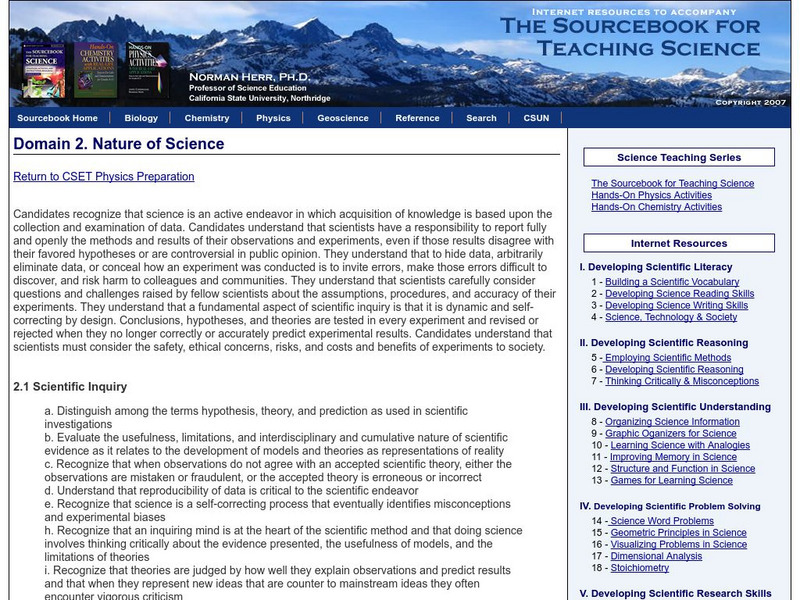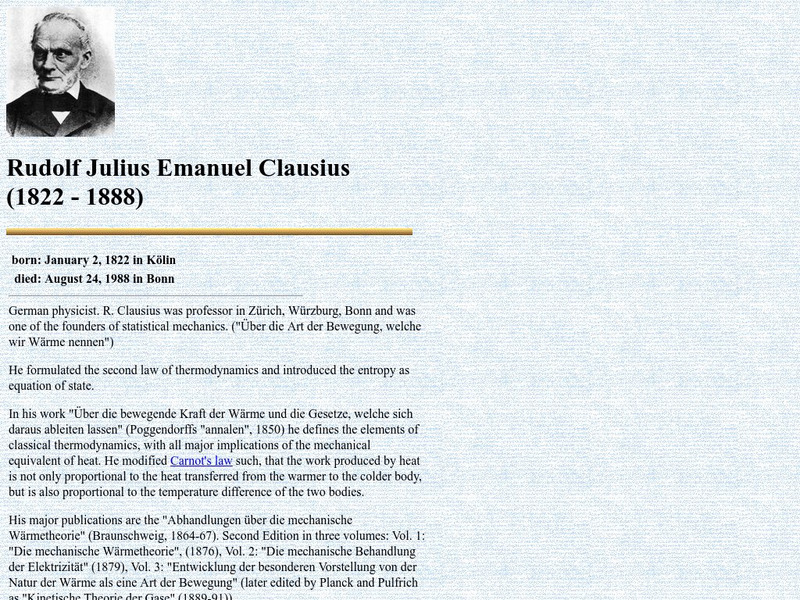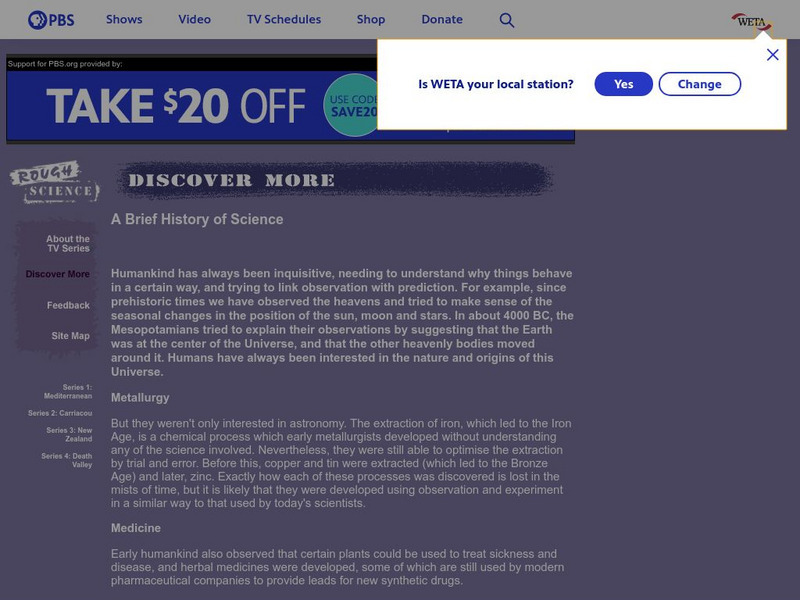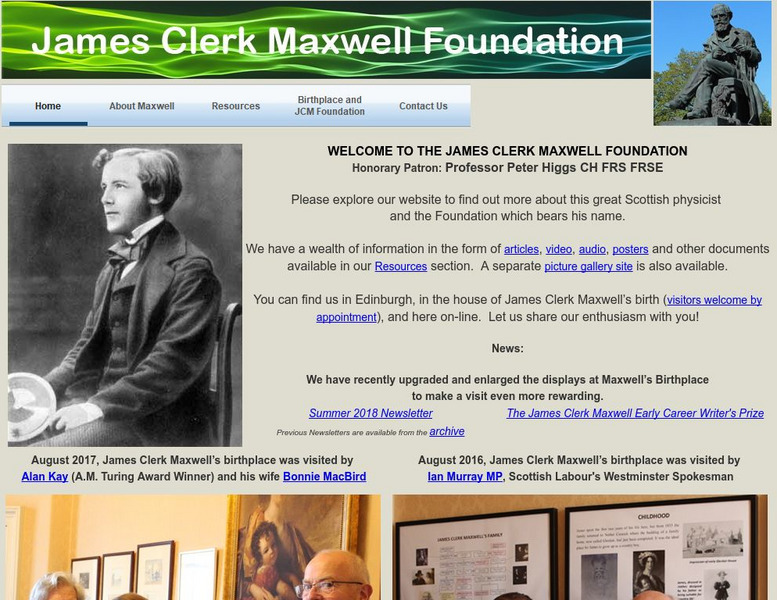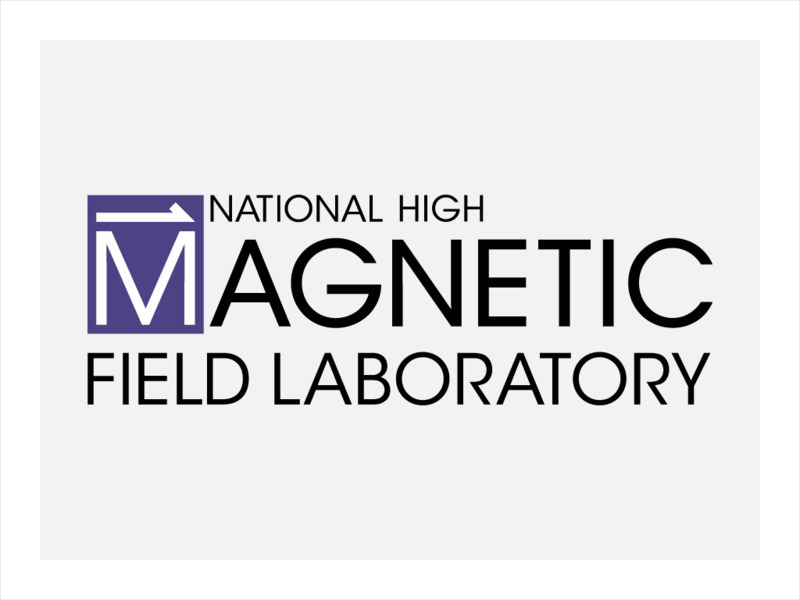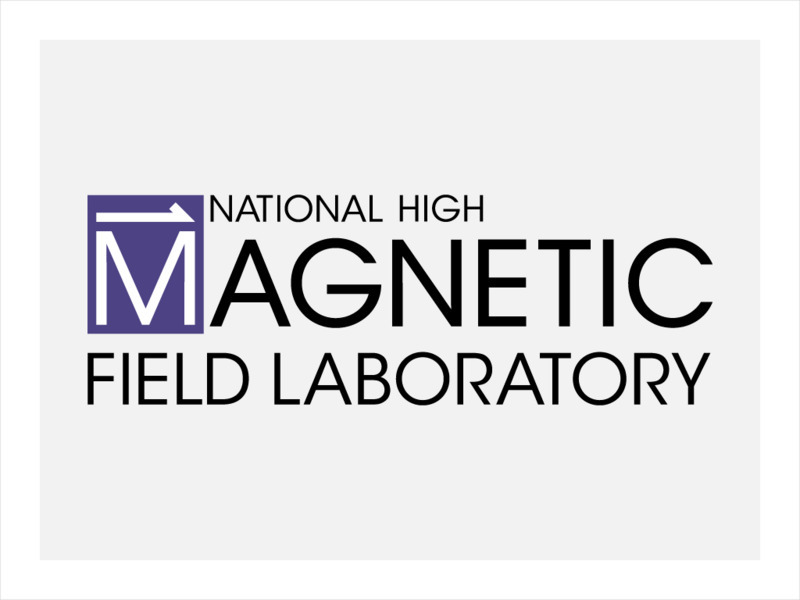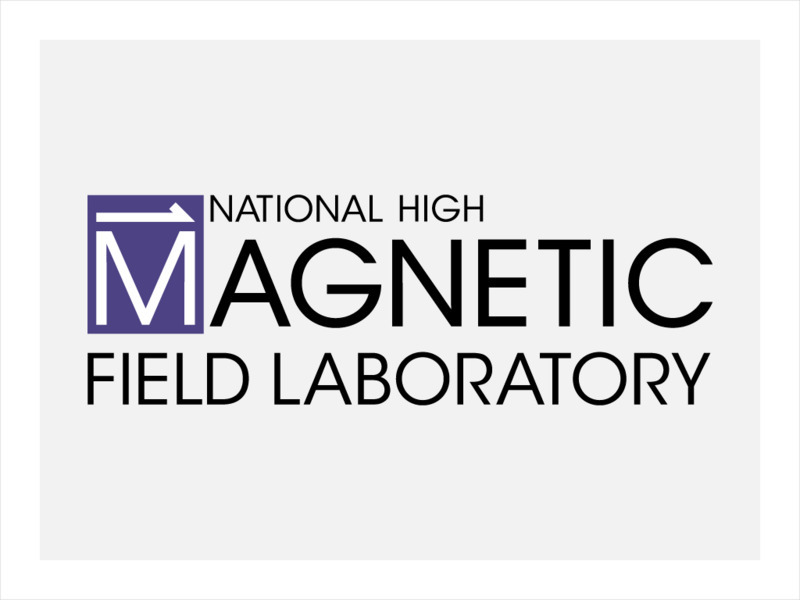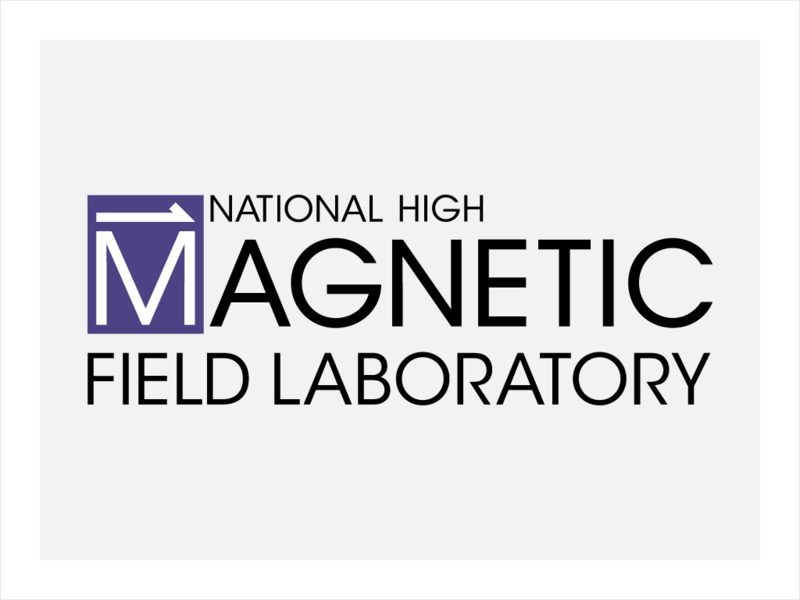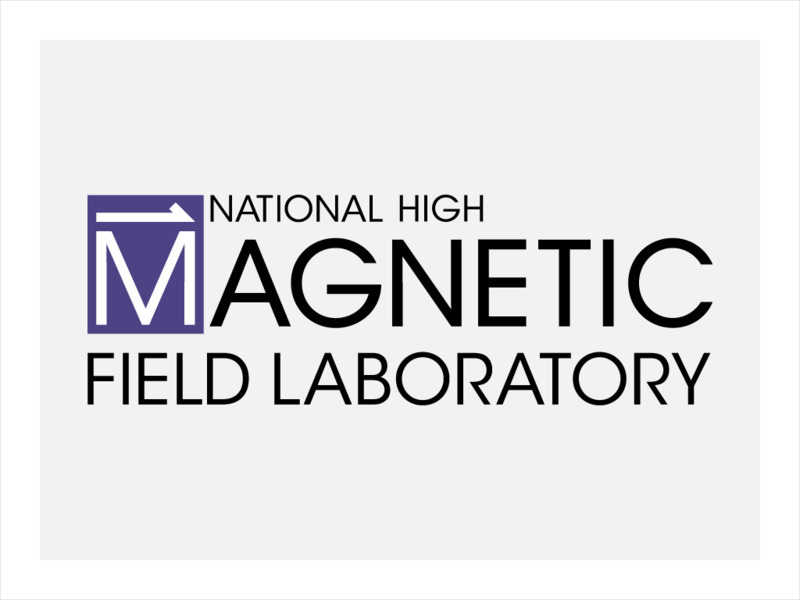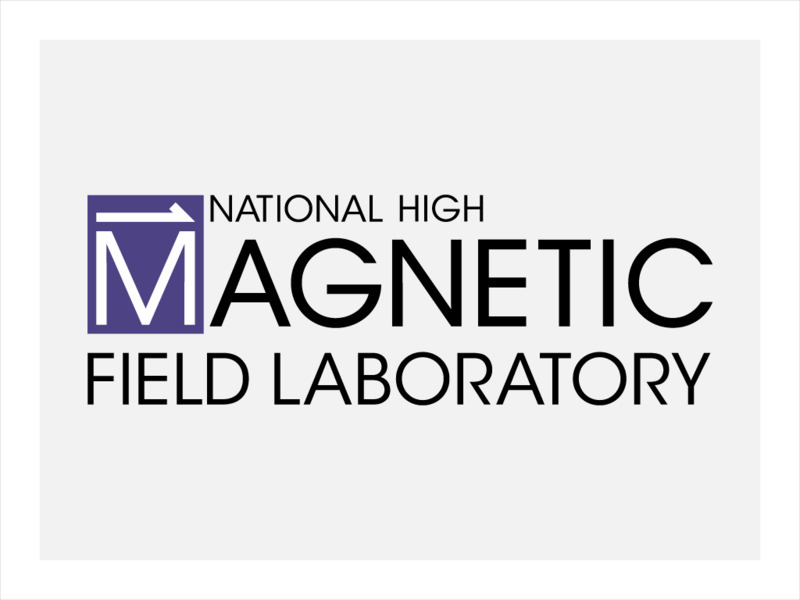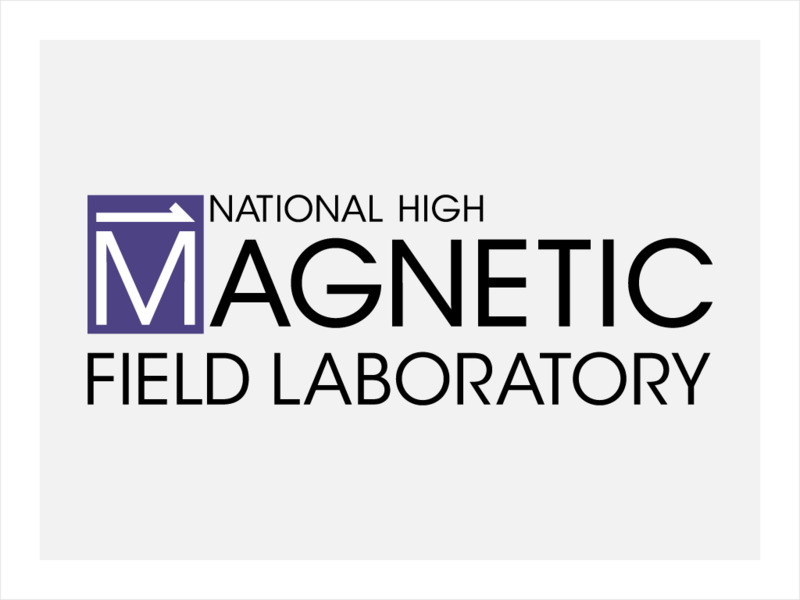Vision Learning
Visionlearning: Culture of Science: Scientific Institutions and Societies
An explanation on the importance of institutions and professional societies which have led to a great deal of progress in science.
Other
Digital Library for Earth System Education (Dlese)
This resource provides materials for teachers on a huge array of topics. Search site by topic, grade level, and desired output (such as lesson plan, case study, assessment or tutorial). Site is focused on earth science, geography, and...
California State University
Csun: Nature of Science
This California State University Northridge essay on the "Nature of Science, the Scientific Method, and Measurement" includes a historical perspective.
University of Waterloo (Canada)
University of Waterloo: Rudolf Julius Emanuel Clausius
Lists the most important publications of Rudolf Clausius. Provides some biographical details. Part of a set of History of Thermodynamics course notes.
Wolfram Research
Wolfram Science World: Scientific Biography
Numerous people and events in science can be explored. Search by branch of science, gender/minority status, historical period, nationality, or prize winners.
University of California
Princeton University: The Faces of Science: African Americans
This resource explores the role of African Americans in science. Past contributions, present activity and future possibilities are all discussed.
BBC
Bbc News: The Unmasking of Piltdown Man
A BBC news feature explores a twentieth-century "scientific embarrassment." The Piltdown Man fossils, originally thought to present a link between apes and humans, were revealed to be forgeries forty years after being discovered. Find...
TED Talks
Ted: Ted Ed: Who Is Alexander Von Humboldt?
George Mehler details Alexander von Humboldt's major scientific accomplishments and why we should care about them today. [4:22]
University of Nevada, Reno
Univ of Nevada: Ejse: The History of Science
The "Electronic Journal of Science Education" ISSN 1087-3430 Vol. 3 - No. 1 - September 1998 included this article called "The History of Science - What a Story!!"
PBS
Pbs: Rough Science: A Brief History of Science
PBS site outlines the history of science and explains the origin of Modern Science. A brief timeline can also be found on this site.
PBS
Pbs: Rough Science: Discover More
Site allows users to discover more about science by clicking on links such as "A Brief History of Science," "What is Science All About," and the "Art of Science." Also offers links to create additional science adventures and resources.
Other
Institute of Physics: Physics Evolution
The interactive map explores physics characters, their stories, and how they influenced each other. The ancient philosophers, the Arabian age, and the electrical enlightenment are included.
Other
The James Clerk Maxwell Foundation
The home page of the The James Clerk Maxwell Foundation, a charitable foundation to commemorate the life and work of James Clerk Maxwell. View Maxwell's house and read about the personal life of this notable scientist.
Other
Canal Kids: Grandes Ingenerates (Big Inventions)
An exploration of four defining scientific inventions/discoveries of recent history: plastic, laser technology, electricity, and bar codes. The history and development of these technologies, along with examples of their application and...
Australian National Botanic Gardens
Anbg Biography: Joseph Banks
The Australian government sponsors this profile of Sir Joseph Banks (1743-1820), the naturalist and patron of science who was instrumental in the exploration and settlement of Australia.
Florida State University
Florida State University: Magnet Lab: Timeline of Electricity and Magnetism: 1750 1774
With his famous kite experiment and other forays into science, Benjamin Franklin advances knowledge of electricity, inspiring his English friend Joseph Priestley to do the same.
National High Magnetic Field Laboratory
Magnet Academy: Electrocardiograph 1903
If TV medical dramas have taught us anything, it's how to recognize the heart's characteristic peaks and valleys crawling across monitors in emergency rooms. These images represent the electrical activity of the beating heart as recorded...
National High Magnetic Field Laboratory
Magnet Academy: Gerd Binnig
Gerd Binnig co-developed the scanning tunneling microscope (STM) with Heinrich Rohrer. The STM allowed scientists entry into the atomic world in a new way and was a major advance in the field of nanotechnology. For their achievement,...
National High Magnetic Field Laboratory
Magnet Academy: Humphry Davy
Humphry Davy was a pioneer in the field of electrochemistry who used electrolysis to isolate many elements from the compounds in which they occur naturally. Electrolysis is the process by which an electrolyte is altered or decomposed via...
National High Magnetic Field Laboratory
Magnet Academy: Heinrich Hertz
The discovery of radio waves, which was widely seen as confirmation of James Clerk Maxwell's electromagnetic theory and paved the way for numerous advances in communication technology, was made by German physicist Heinrich Hertz. In the...
National High Magnetic Field Laboratory
Magnet Academy: Luigi Galvani
Luigi Galvani was a pioneer in the field of electrophysiology, the branch of science concerned with electrical phenomena in the body. His experiments with dissected frogs and electrical charges led him to suggest the existence of a...
National High Magnetic Field Laboratory
Magnet Academy: John Ambrose Fleming
John Ambrose Fleming was an electronics pioneer who invented the oscillation valve, or vacuum tube, a device that would help make radios, televisions, telephones and even early electronic computers possible. A brilliant innovator,...
National High Magnetic Field Laboratory
Magnet Academy: Heinrich Friedrich Emil Lenz
At the turn of the 19th century, scientists were beginning to gain a rudimentary understanding of electricity and magnetism, but they knew almost nothing about the relationship between the two. Baltic German physicist Heinrich Lenz took...
National High Magnetic Field Laboratory
Magnet Academy: John Daniel Kraus
For a man whose career involved the entire known universe, John Kraus had a remarkably insular upbringing. He was born and raised in Ann Arbor, Michigan, and earned his bachelor's, master's and doctoral degrees in physics, all at the...




